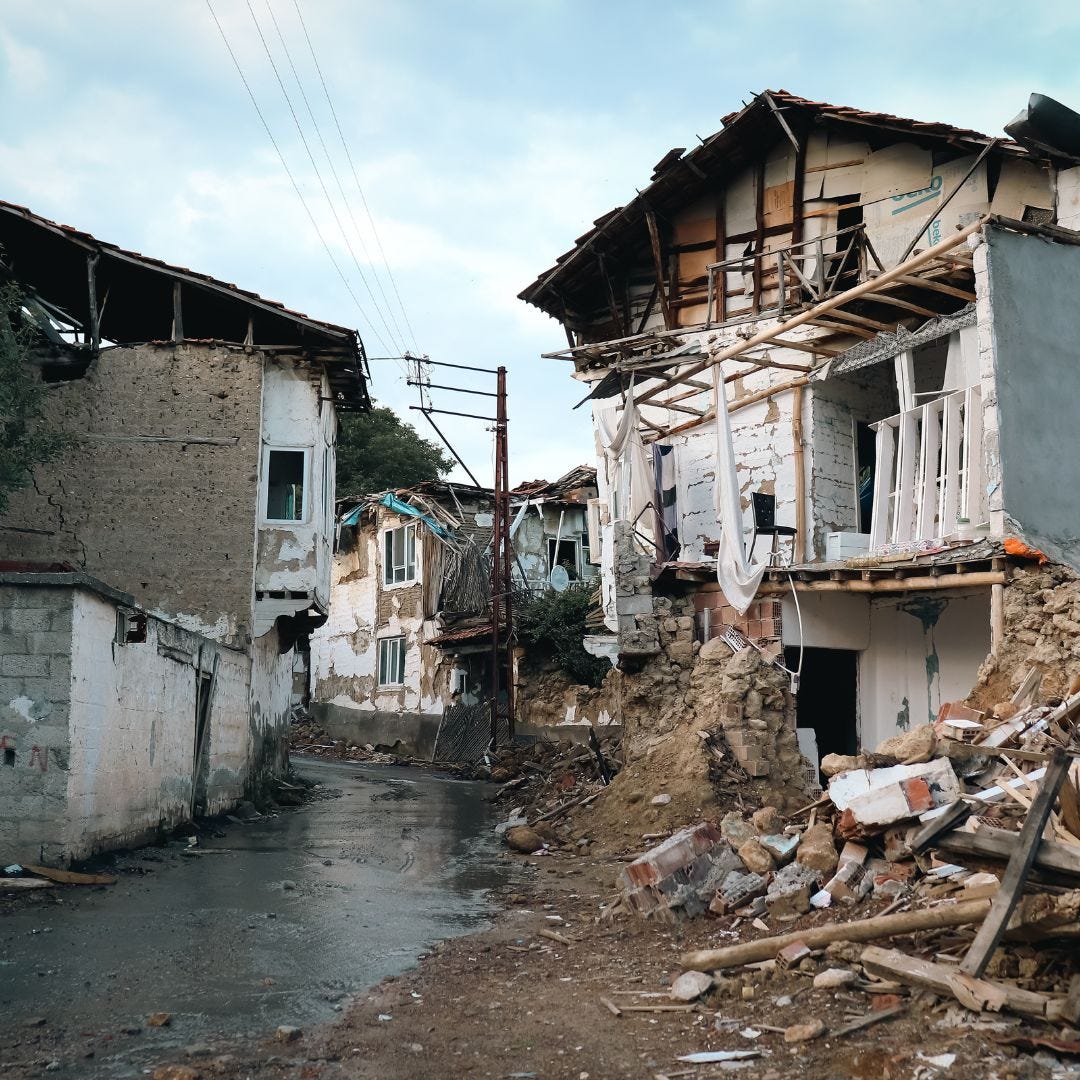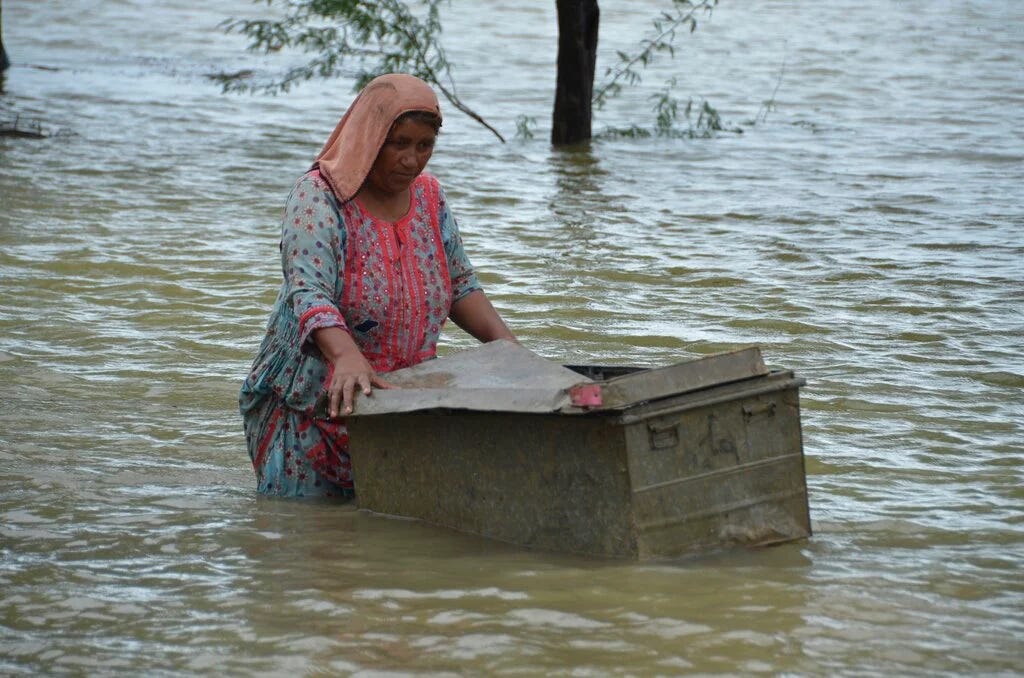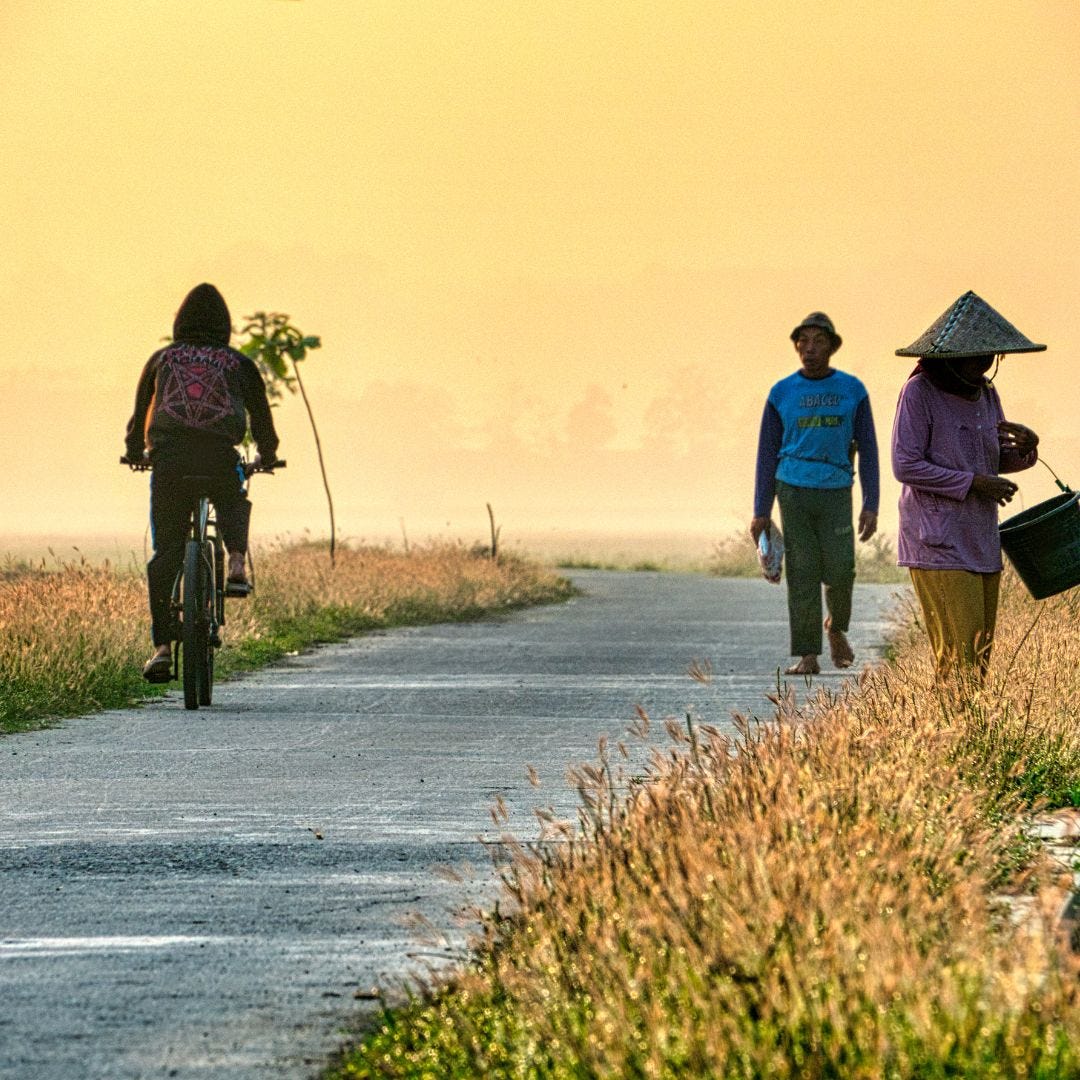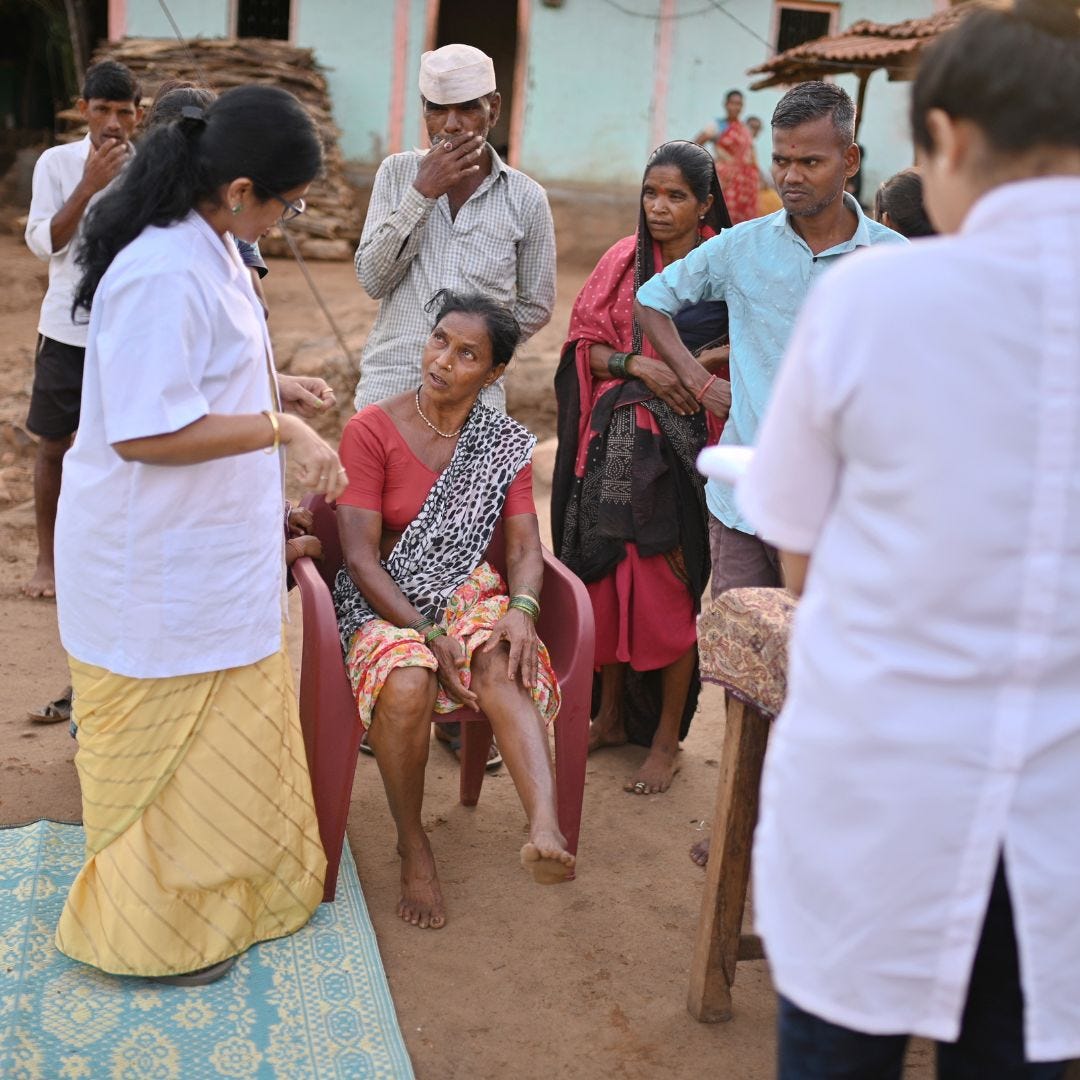Budgeting for Equality in Times of Crisis: Empowering Women and Strengthening Communities in the Asia-Pacific Region
by Kosar Bano, GESI Advisor, ADRRN
Disasters and emergencies, such as earthquakes, typhoons, and pandemics, often exacerbate existing gender inequalities. These crises affect individuals differently based on gender, caste, class, ethnicity, age, health, and location. Understanding the gender dynamics is essential for crafting responses that mitigate hardships and promote transformative change toward a more equitable world. In particular, the South Asia region provides a compelling case study of how gender shapes experiences during such emergencies.
Women in Asia and the Pacific have been pivotal in disaster response and recovery efforts. They comprise a substantial portion of the healthcare and social service workforce, with the World Health Organisation reporting that women comprise 70% of this sector. During crises, women serve as frontline responders—doctors, nurses, and community leaders, amplifying awareness and providing essential services. Additionally, they take on caregiving roles within their households, managing health and nutrition for their families and ensuring the well-being of vulnerable populations.
Despite women's crucial roles as leaders and caregivers in disaster risk reduction (DRR), they often remain sidelined in decision-making processes due to various systemic barriers. One significant obstacle is the inadequate allocation of budgets and funding specifically aimed at empowering women and vulnerable groups in DRR. This lack of financial support not only limits their participation but also hampers the overall effectiveness of disaster management strategies that could benefit from their insights and expertise.
Gender Responsive Budgeting: A Strategic Approach to Make Disaster Risk Reduction Inclusive
Gender responsive budgeting (GRB) is an essential strategy for addressing vulnerabilities and fostering resilience in the face of disasters and public health emergencies. By integrating gender considerations into the budgeting process, governments and organisations can more effectively allocate resources that address the specific needs of women and marginalised groups who are disproportionately affected by crises. GRB involves analysing the differential impacts of budgetary decisions on all genders, ensuring that financial planning takes into account the unique roles, responsibilities, and challenges faced by women and girls. For instance, targeted investments in healthcare infrastructure, social safety nets, and support services can mitigate the adversities that women encounter during emergencies, ranging from increased caregiving burdens to economic instability.
By prioritising gender-responsive initiatives, we can not only lessen the immediate hardships experienced by vulnerable communities but also lay the groundwork for long-term gender equality and empowerment. Ultimately, GRB serves as a vital tool in building resilience, enabling societies to emerge from crises more equitable and just.
State of GRB in the Asia-Pacific Region
In the Asia-Pacific region, GRB has gained momentum as a strategic approach to enhance DRR, yet its implementation varies across countries. While countries like Bangladesh and Nepal have made significant strides in incorporating GRB into their budgeting processes, with initiatives such as the Bangladesh Government's GRB guidelines and Nepal's budget tracking initiative, others like the Pacific Islands continue to face challenges in integrating GRB into their policies. For instance, in Fiji, the government has incorporated GRB into its national disaster management framework, but its application in actual budget allocations remains limited. Similarly, in Vanuatu, a GRB pilot project is underway, focusing on the energy and transportation sectors, but its impact is yet to be scaled up. Despite these disparities, the region has made a concerted effort to mainstream GRB into its development frameworks, including the Asian Development Bank's (ADB) Gender and Development Strategy and the Pacific Community's (SPC) Regional Framework for Gender Equality.
Barriers to Implementing GRB in DRR
Despite its potential, the implementation of GRB in DRR faces several barriers. Firstly, a lack of awareness and understanding among policymakers about the importance of gender considerations can hinder effective integration. Additionally, insufficient data disaggregated by gender limits the ability to assess vulnerabilities and allocate resources equitably. Cultural norms and biases often marginalise women's voices in decision-making processes, further obstructing GRB initiatives. Lastly, inadequate financial resources and training for implementing GRB frameworks can restrict their application in disaster management strategies.
The Path Forward
To overcome the barriers to GRB in DRR, it is essential to implement targeted training programs that empower decision-makers with the necessary skills and knowledge. Creating inclusive platforms for women and marginalised groups to participate in budget discussions ensures their voices are heard and their needs are prioritised. Additionally, establishing clear metrics and accountability frameworks will help track the effectiveness of gender-focused investments. Finally, fostering collaboration between government, civil society, and communities will enhance resource allocation and ensure a more equitable approach to disaster preparedness and response.
A Call to Action
GRB is not just about financial allocations—it is about fostering resilience, equity, and empowerment. By centring women and girls in the budgeting process, countries in the Asia-Pacific region can unlock their communities’ full potential to withstand and recover from climate and disaster risks. Resilience begins with equity, and equity begins with inclusive budgeting. The time to act is now.







